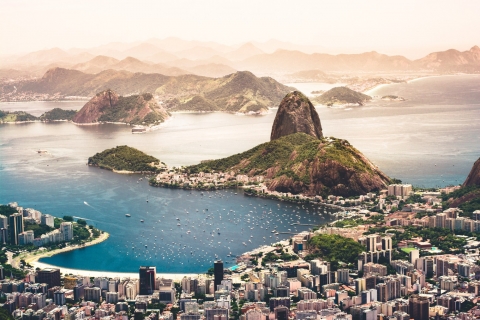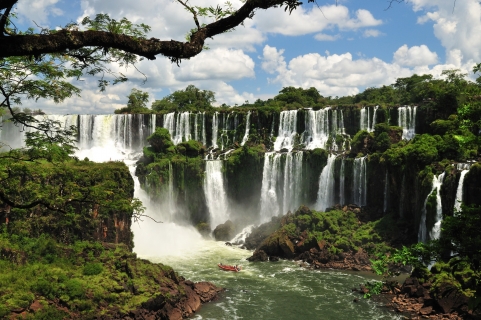Macacos Temperature by Month
This graph shows the average minimum and maximum temperatures throughout the year in Macacos (Minas Gerais), Brazil. The minimum temperature is often recorded between 4 AM and 6 AM, while the highest temperature is usually reached at 3 PM. During this time the sun's heating effect is the strongest.
Temperature patterns do vary with the seasons. In winter, the time of minimum and maximum temperatures can shift slightly compared to summer.
- On average, the temperatures are always high.
- On average, the warmest month is February with 29°C.
- On average, the coolest month is June with 25°C.
- The average annual maximum temperature is 27°C.
- The average annual minimum temperature is 16°C.
Current temperature in Macacos
partly cloudy and rain
broken clouds and thunder
broken clouds and thunder




